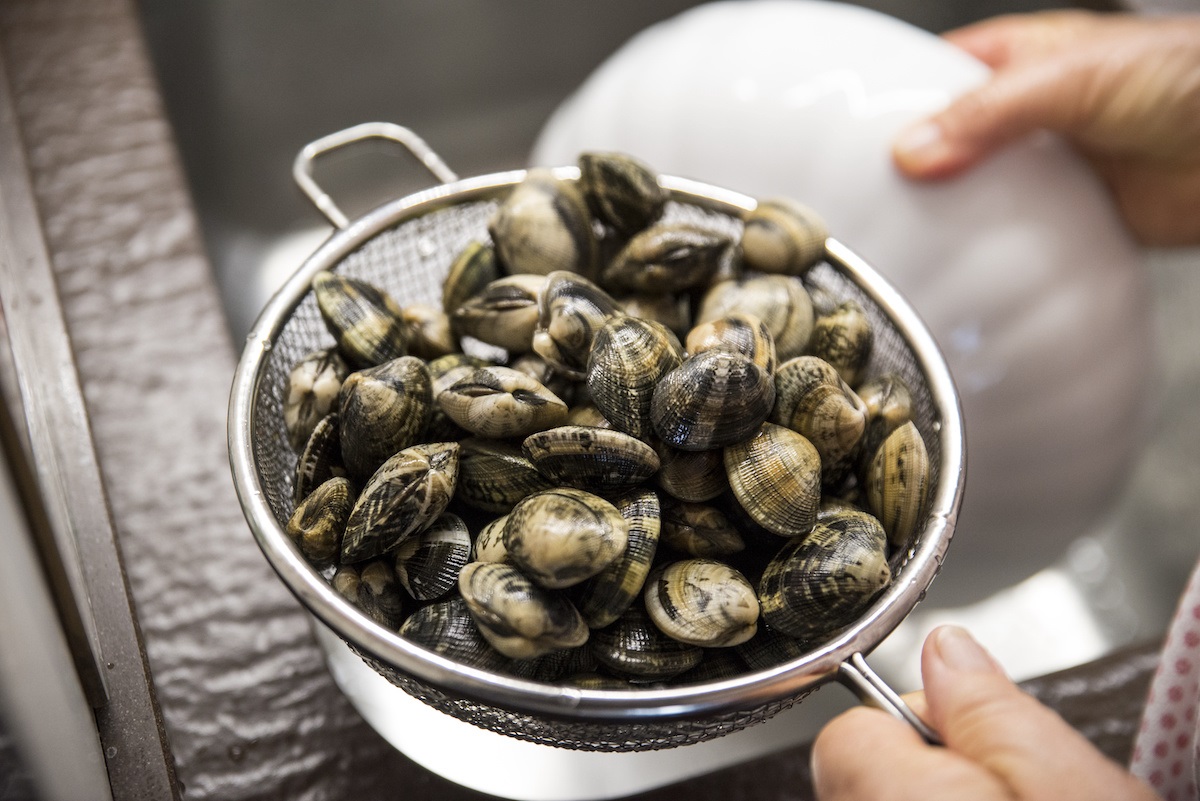

Articles
How To Store Clams
Modified: February 22, 2024
Learn the best techniques for storing clams in this comprehensive guide. Discover expert tips and tricks in our collection of informative articles.
(Many of the links in this article redirect to a specific reviewed product. Your purchase of these products through affiliate links helps to generate commission for Storables.com, at no extra cost. Learn more)
Introduction
Welcome to the world of clams! Whether you’re a seafood enthusiast, a home cook, or a restaurant owner, knowing how to properly store clams is essential to maintain their freshness and flavor. Clams are a popular ingredient in many dishes, from chowders and pastas to seafood stews and grilled preparations. However, without proper storage, clams can spoil quickly, resulting in a disappointing culinary experience.
In this guide, we will take you through the steps of storing clams to ensure they remain fresh and delectable. We’ll provide tips on choosing the freshest clams, as well as guidelines on storing them in both the refrigerator and the freezer. Additionally, we’ll share some essential tips for preparing clams for storage, so you can enjoy them at a later date without compromising their quality.
So, let’s dive in and discover the secrets of how to store clams for optimal freshness and taste!
Key Takeaways:
- Choose live clams with intact shells and a clean scent for optimal freshness. Store in the refrigerator for short-term use and freeze for longer preservation, following proper cleaning and packaging techniques.
- Prioritize proper storage conditions, such as temperature and humidity, to maintain clam freshness. Always use the “first in, first out” method and adhere to recommended storage times for the best results.
Read more: How To Store Cooked Clams
Choosing Fresh Clams
When it comes to storing clams, selecting high-quality, fresh clams is the first step to ensuring their longevity. Here are some tips to help you choose the best clams:
- Look for live clams: The first rule of thumb is to always choose live clams. Look for clams that are tightly closed or those that close when tapped. Avoid clams that are already open or have cracked or broken shells, as this could indicate that they are dead or no longer fresh.
- Check the smell: Fresh clams should have a clean and briny scent, reminiscent of the ocean. Avoid clams with a strong ammonia-like smell, as this could indicate that they are spoiled.
- Inspect the shells: The shells of fresh clams should be intact, with no chips or damage. Clams with damaged shells are more likely to spoil quickly.
- Choose the right size: Depending on your recipe and personal preference, you can choose from various sizes of clams, such as littleneck, cherrystone, or quahog clams. Smaller clams tend to be more tender, while larger clams have a more substantial texture.
It’s worth mentioning that it’s best to buy clams from a reputable seafood market or fishmonger. They often have a high turnover of fresh seafood, ensuring you get the best quality clams.
By selecting the freshest clams, you set the foundation for successful storage and delicious dishes. So, take your time in choosing the best clams available, and let’s move on to the next step: proper storage conditions.
Proper Storage Conditions
Creating the right storage conditions for your clams is crucial to maintain their freshness and quality for as long as possible. Here are the key factors to consider:
- Temperature: Clams are highly perishable and must be stored at a cool temperature to slow down bacterial growth. The ideal temperature range for storing clams is between 32°F (0°C) and 40°F (4°C).
- Humidity: Clams require a high level of humidity to prevent them from drying out. Aim for a humidity level of around 90% to 100% when storing clams.
To achieve these storage conditions, you can use either the refrigerator or the freezer, depending on how long you plan to store the clams.
Now that we have covered the basic storage conditions, let’s dive into the specific guidelines for storing clams in the refrigerator.
Storing Clams in the Refrigerator
The refrigerator is a great option for short-term storage of clams, typically up to two to three days. Follow these steps to properly store clams in the refrigerator:
- Rinse the clams: Before storing, give the clams a quick rinse under cold running water to remove any dirt or sand. This step helps to keep the refrigerator clean and prevents contamination.
- Discard damaged clams: Inspect the clams once again and remove any that are already open or have cracked shells. These are likely dead and could potentially spoil the other clams.
- Place the clams in a container: Arrange the live clams in a shallow container or a colander lined with a damp cloth or paper towel. This helps to maintain the necessary humidity level while allowing airflow.
- Cover and refrigerate: Cover the container with a damp cloth or plastic wrap to prevent the clams from drying out. Place the container in the coldest part of your refrigerator, like the vegetable drawer or the bottom shelf.
It’s important to note that clams are alive and need to breathe, so avoid sealing them in an airtight container or plastic bag, as this can suffocate them and lead to spoilage. Ensure proper ventilation while keeping the clams adequately hydrated with the damp cloth or paper towel.
Remember to check the clams before using them. If any clams have opened during storage and do not close when tapped, discard them, as they are no longer safe to consume.
Now that you know how to store clams in the refrigerator, let’s move on to storing clams in the freezer for longer-term storage.
Store clams in the refrigerator in a breathable container, such as a mesh bag or a bowl covered with a damp cloth. Keep them cold and moist, and use within 2-3 days for the best flavor and quality.
Storing Clams in the Freezer
If you wish to store clams for an extended period, freezing is an excellent option. Freezing clams helps to preserve their freshness and flavor for several months. Here’s how you can freeze clams:
- Prep the clams: Start by rinsing the clams under cold running water to remove any dirt or sand. Discard any damaged or open clams.
- Steam or blanch the clams (optional): For better texture and flavor, you may choose to steam or blanch the clams before freezing. Steam them for 3-5 minutes or blanch them in boiling water for 1-2 minutes. This step helps to remove excess moisture and opens the shells for easier extraction later.
- Remove the clam meat from the shells: Once the clams have cooled, remove the meat from the shells. Discard any shells that are cracked or broken.
- Pack and seal: Place the clam meat in airtight freezer bags or containers. Ensure to remove as much air as possible from the bags before sealing to minimize freezer burn. Label the bags with the date of freezing for easy reference later.
- Freeze: Lay the filled bags or containers flat in the freezer to allow for easy stacking and to prevent the clams from clumping together. Leave them to freeze for at least 2-3 hours before rearranging them if needed.
Frozen clams can be stored for up to three months without a significant loss in quality. However, for the best flavor, it is recommended to use them within one to two months. When you’re ready to use the frozen clams, simply thaw them in the refrigerator overnight before incorporating them into your desired recipe.
Now that you know how to store clams in the freezer, let’s move on to some important tips for preparing clams for storage.
Read more: How To Store Clams In The Fridge
Preparing Clams for Storage
Properly preparing clams for storage is key to maintaining their quality and safety. Follow these steps to prepare clams for storage:
- Clean the clams: Start by rinsing the clams thoroughly under cold running water to remove any sand or grit. You can gently scrub the shells with a brush to ensure they are clean.
- Check for quality: Inspect the clams and discard any that are already open or have cracked shells. Additionally, discard any clams that look damaged or have an off-putting odor.
- Store in breathable containers: Place the cleaned clams in a breathable container, such as a mesh bag or an open bowl. Avoid storing them in a sealed plastic bag or airtight container, as this can trap moisture and lead to spoilage.
- Add moisture if needed: If the clams appear dry, you can lightly dampen a clean cloth or paper towel and place it over the clams to maintain their humidity levels during storage.
- Store in the refrigerator or freezer: Depending on how long you plan to store the clams, choose either the refrigerator or the freezer as mentioned previously and follow the respective storage guidelines.
By thoroughly cleaning and inspecting the clams before storage, you help to minimize the risk of spoilage and ensure the best possible quality when you’re ready to use them.
Now that you have learned how to prepare clams for storage, let’s move on to some important tips and reminders to maximize the freshness and flavor of your stored clams.
Important Tips for Storing Clams
To ensure that your stored clams remain fresh and safe to consume, here are some important tips to keep in mind:
- Keep clams alive until ready to use: Clams are best when consumed alive. Only shuck or cook them right before you’re ready to enjoy them to maintain their optimal flavor and texture.
- Use the “first in, first out” method: If you have multiple batches of clams, make sure to use the older ones first to avoid spoilage. Label and date your containers to keep track of their storage time.
- Do not store cooked and raw clams together: If you have both cooked and raw clams, store them in separate containers. Mixing them can lead to cross-contamination and affect their quality.
- Avoid prolonged storage: Clams are highly perishable, and their quality can decline over time even with proper storage. Try to use them within a few days or weeks for the best results.
- Follow recommended storage times: While clams can be stored in the refrigerator or freezer, it’s best to adhere to the recommended storage times. Refrigerated clams should be used within two to three days, while frozen clams are best consumed within one to two months.
- Thaw frozen clams properly: When thawing frozen clams, always do so in the refrigerator overnight to maintain their texture and prevent the growth of harmful bacteria.
- Discard any spoiled clams: If a clam has a foul smell, an unusually soft texture, or an off-putting appearance, it’s best to discard it to avoid any potential foodborne illnesses.
By adhering to these tips and guidelines, you can prolong the shelf life of your clams and enjoy them at their freshest and most flavorful.
Now that you’re equipped with the knowledge of how to store clams properly, you can confidently purchase, store, and savor these delectable seafood treasures. Whether you’re preparing a delightful clam chowder or indulging in a plate of linguine with clams, you can now enjoy the taste of the sea anytime you desire!
Happy clam storage and bon appétit!
Conclusion
Properly storing clams is essential to maintain their freshness, flavor, and quality. Whether you’re planning to store them for a few days or several months, following the right techniques and guidelines will ensure that your clams remain safe to eat and taste their best. From choosing the freshest clams to creating the ideal storage conditions in the refrigerator or freezer, each step plays a vital role in preserving the integrity of these delightful seafood delicacies.
Remember to always select live clams and check for any signs of damage or spoilage before storing them. Rinse them to remove any sand or grit, and prepare them based on your preferred storage method: refrigeration or freezing. Be sure to label and date your containers and use the “first in, first out” method to prioritize the consumption of older clams. Thaw frozen clams properly in the refrigerator, and never store cooked and raw clams together to prevent cross-contamination.
Additionally, always keep an eye out for any clams that show signs of spoilage, such as a foul smell or an unusual texture, and promptly discard them to maintain food safety.
By following these guidelines and tips, you can confidently store clams and have them on hand whenever you’re ready to create mouthwatering seafood dishes. Whether you’re making clam chowder, linguine with clams, or any other clam-based recipes, you can enjoy the delightful taste of the sea right in your own home.
So, go ahead and embrace the art of storing clams. Experiment with different culinary creations, impress your friends and family, and savor the incredible flavors that these delightful bivalves have to offer. Happy clam storage and bon appétit!
Frequently Asked Questions about How To Store Clams
Was this page helpful?
At Storables.com, we guarantee accurate and reliable information. Our content, validated by Expert Board Contributors, is crafted following stringent Editorial Policies. We're committed to providing you with well-researched, expert-backed insights for all your informational needs.
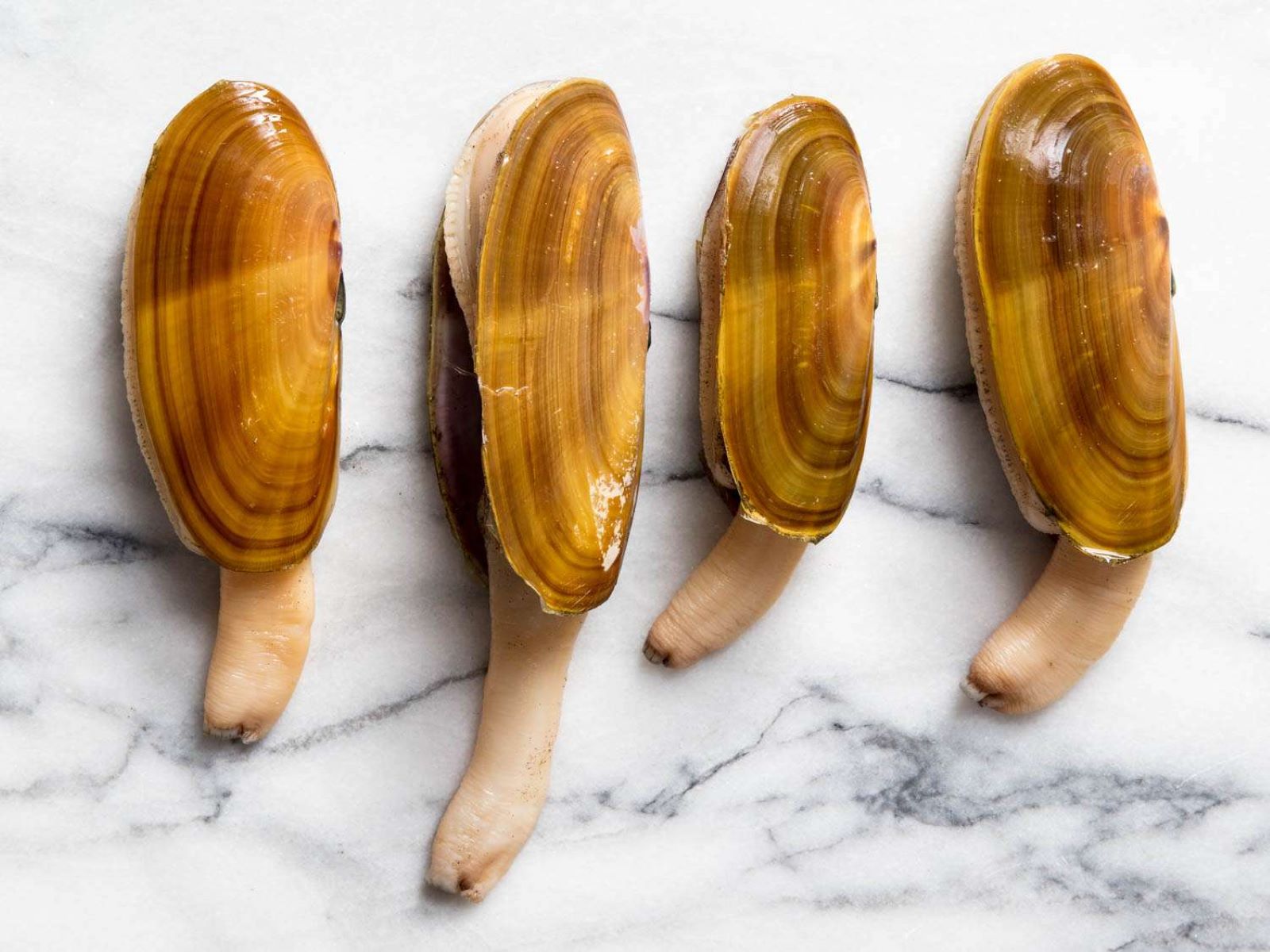
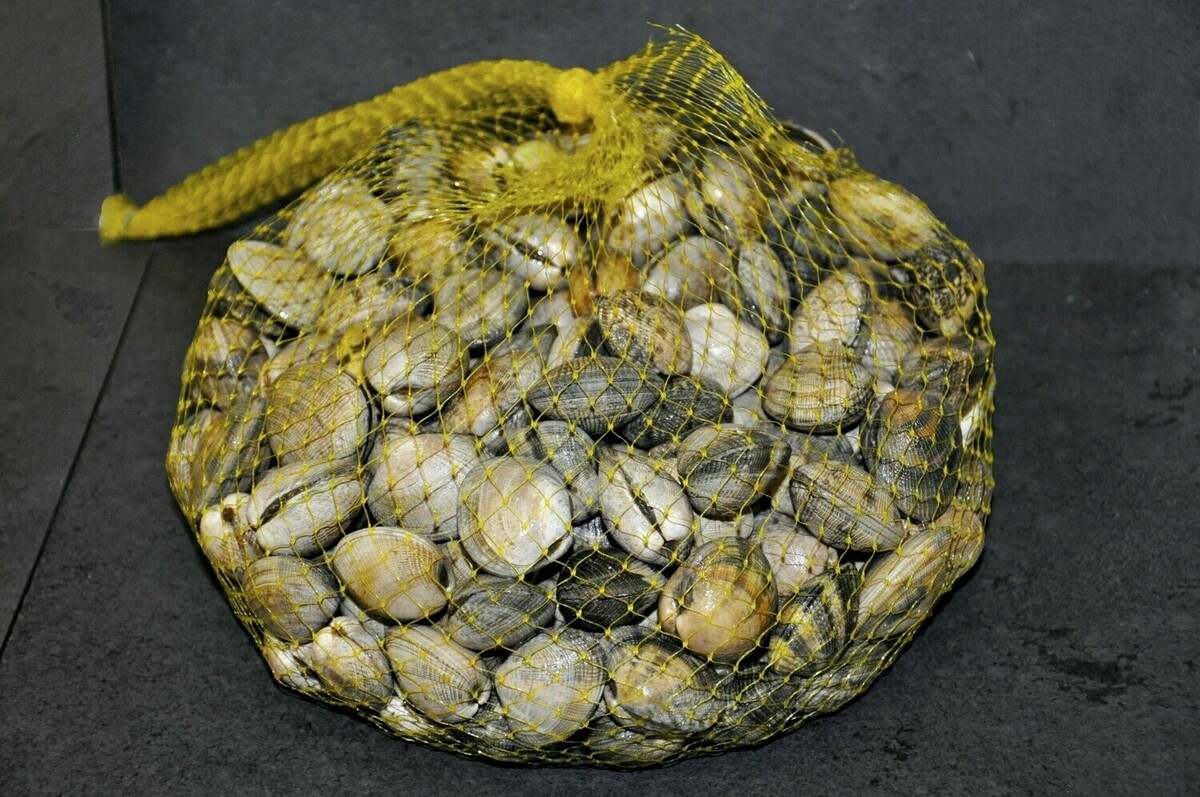
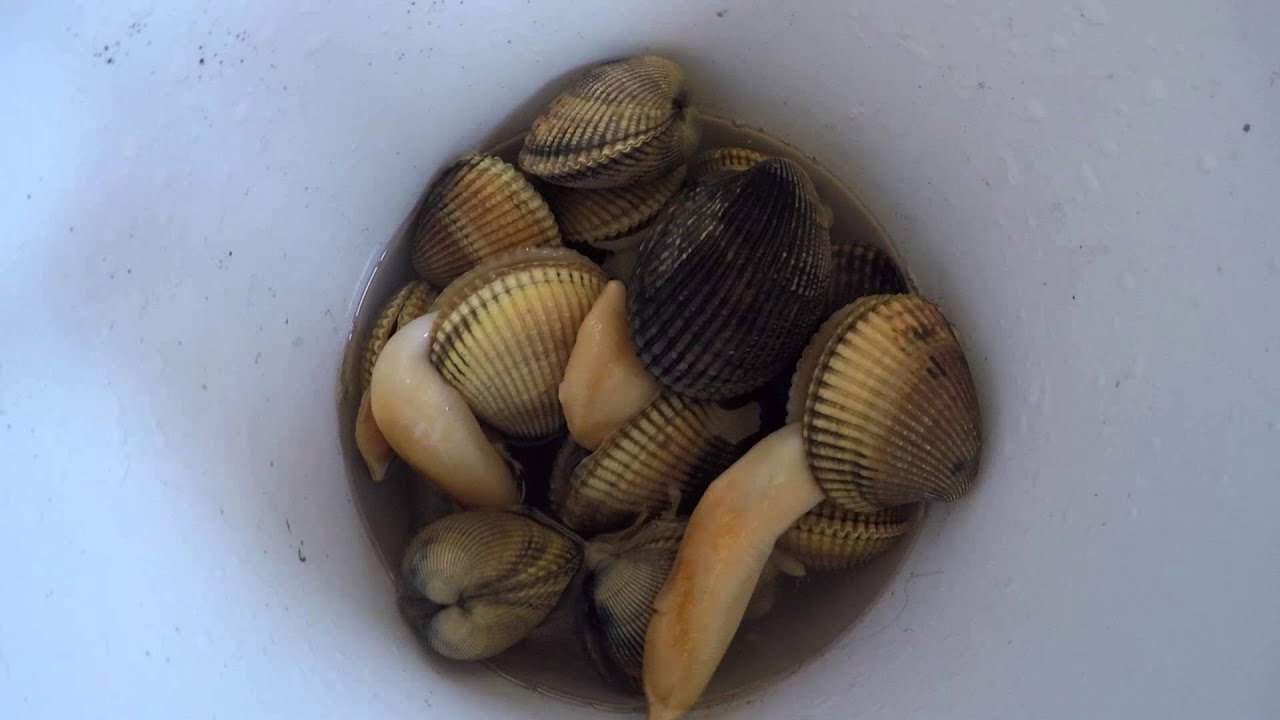
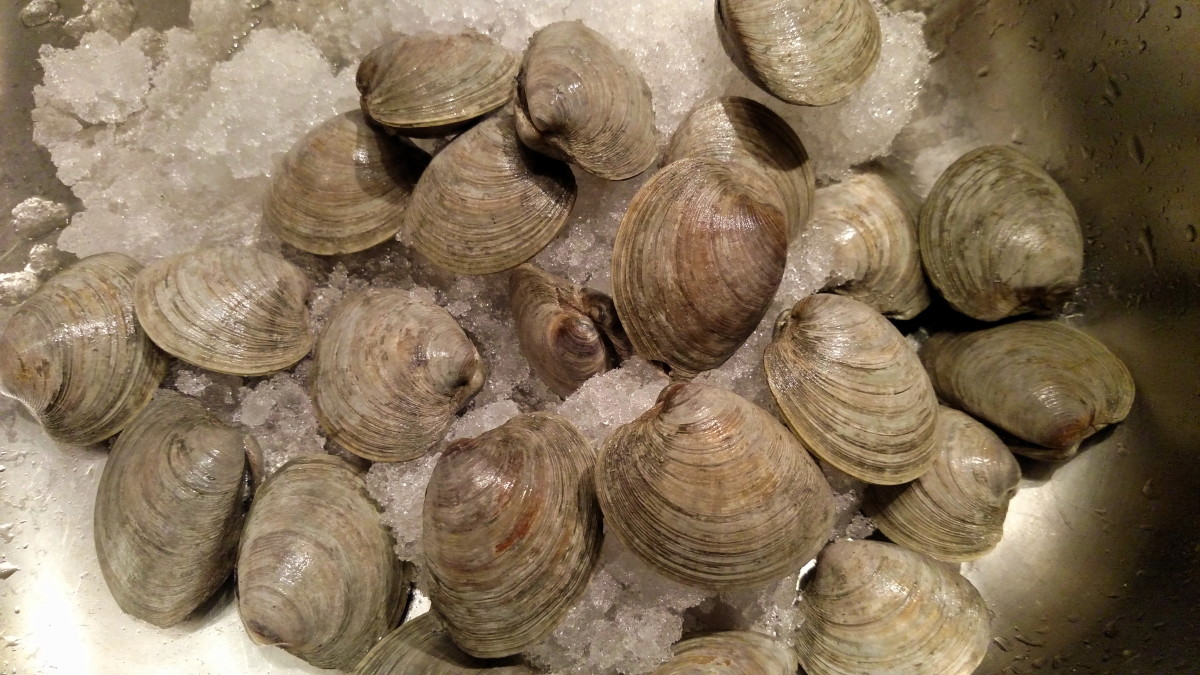
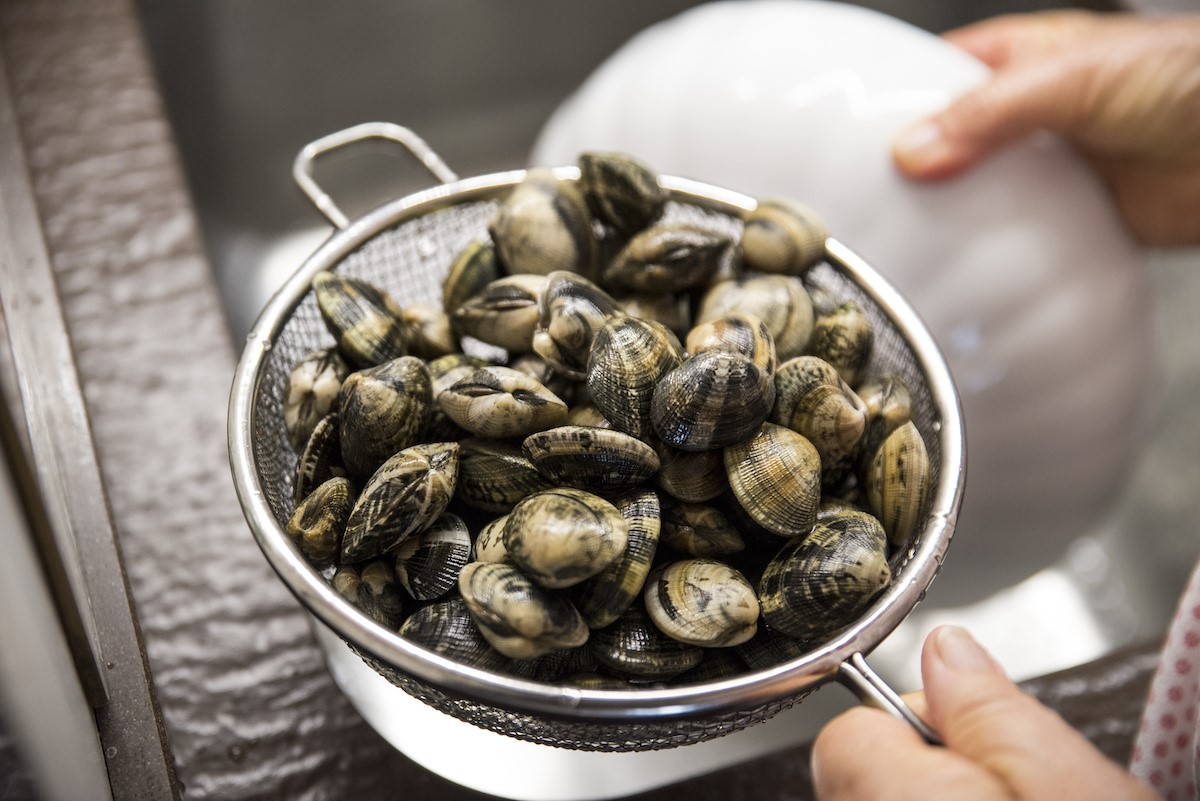
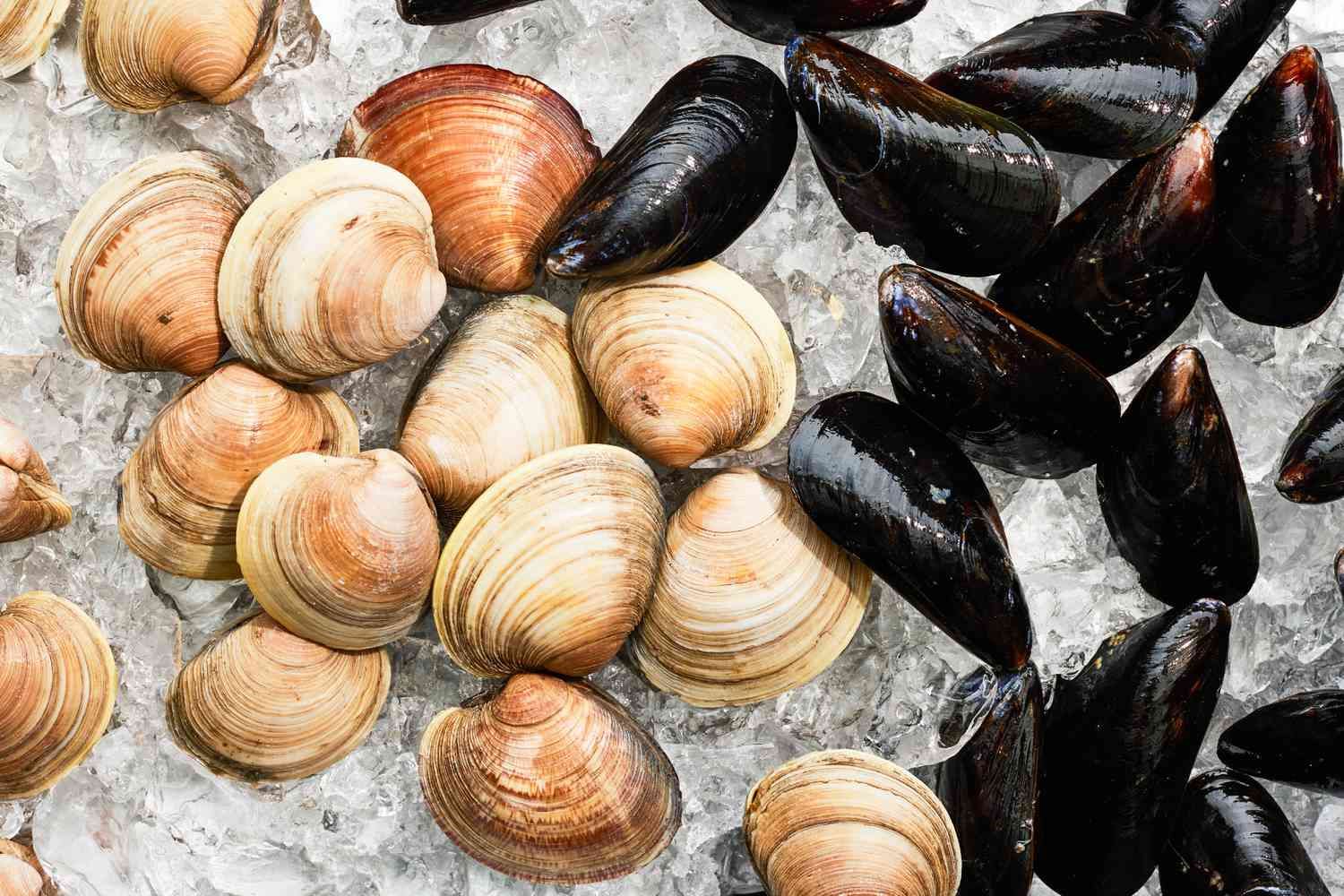
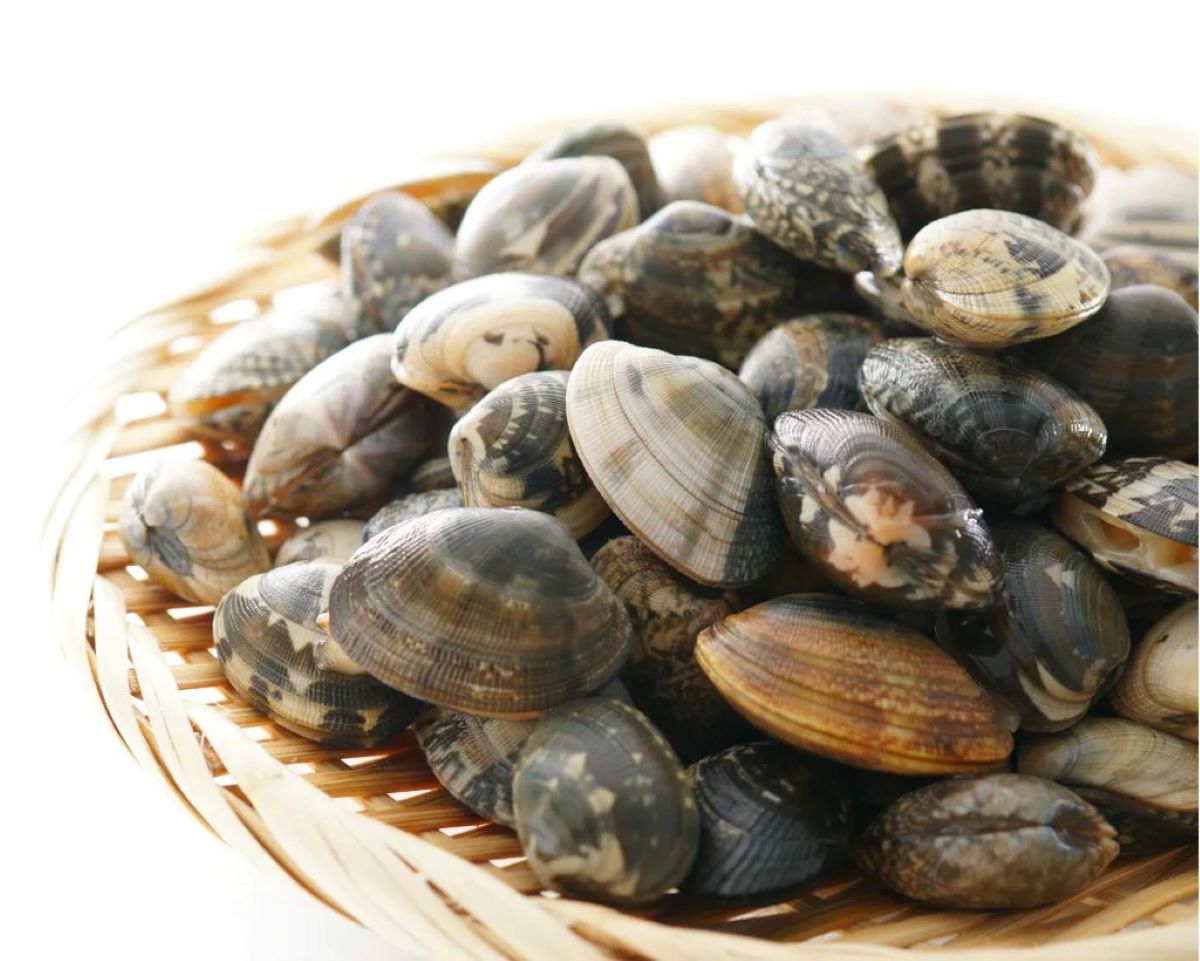
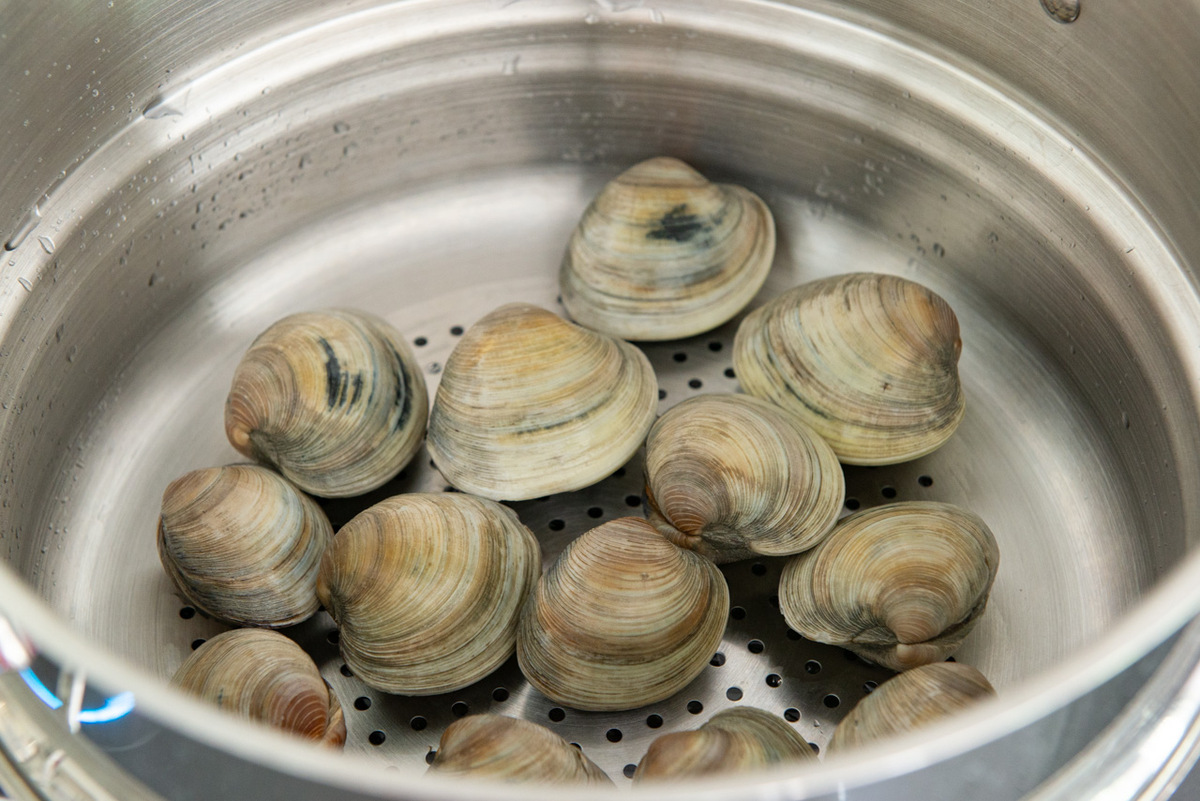
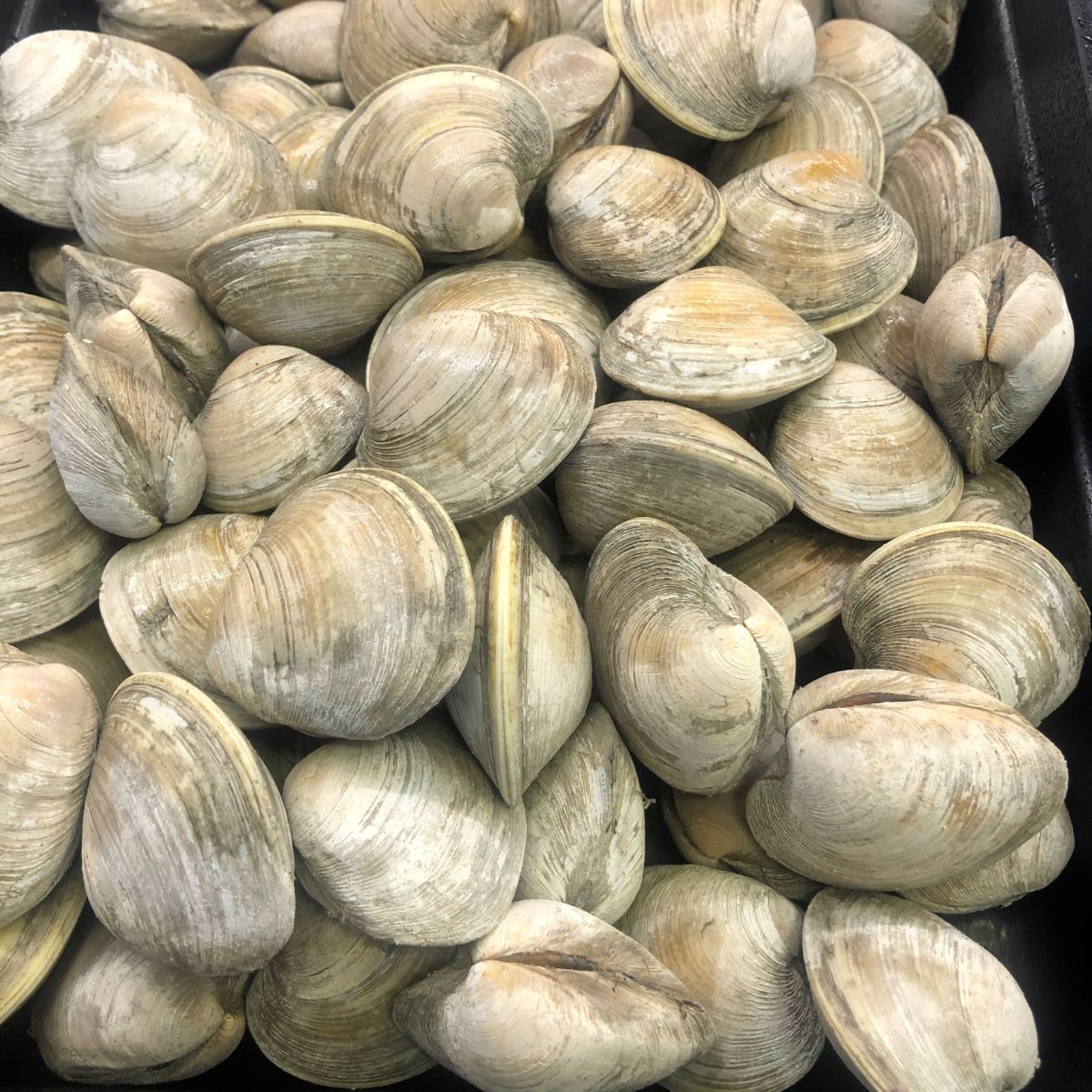
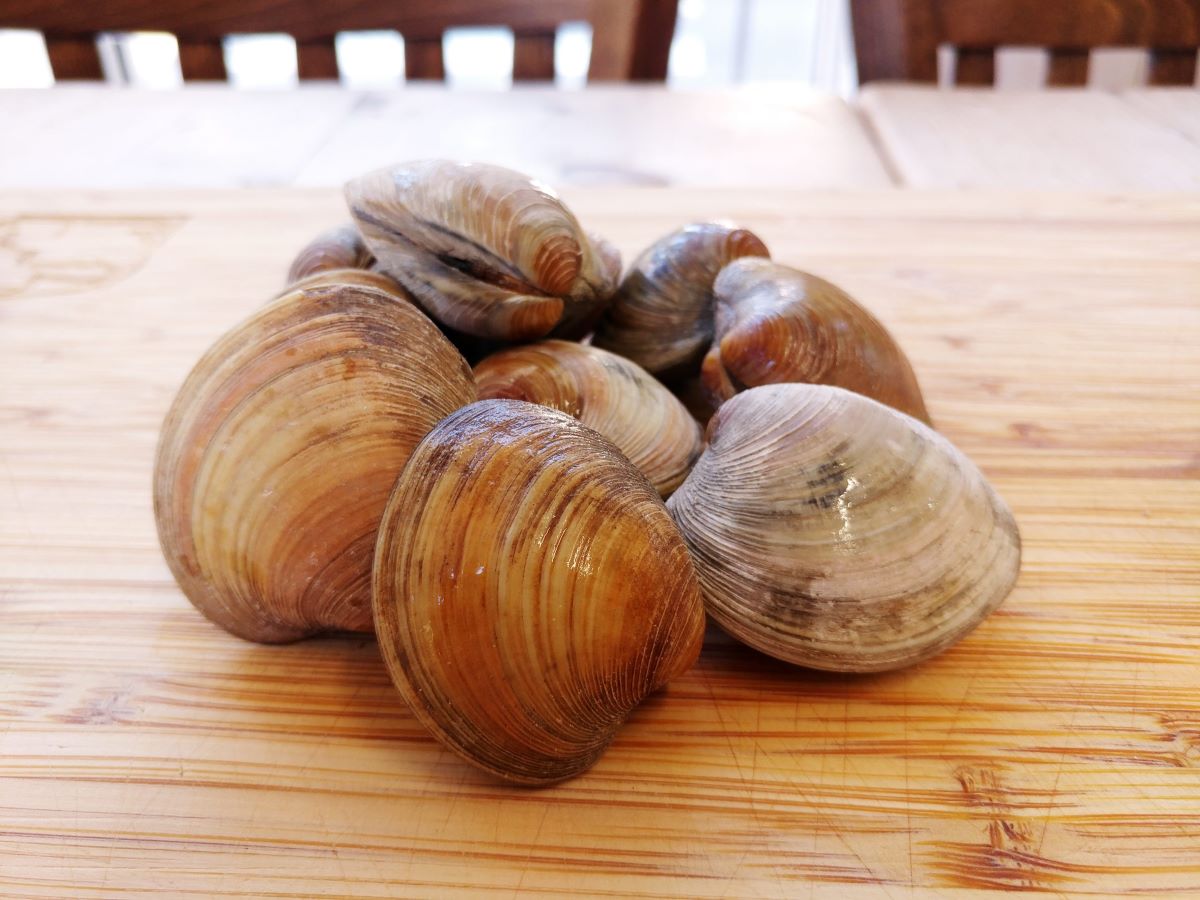
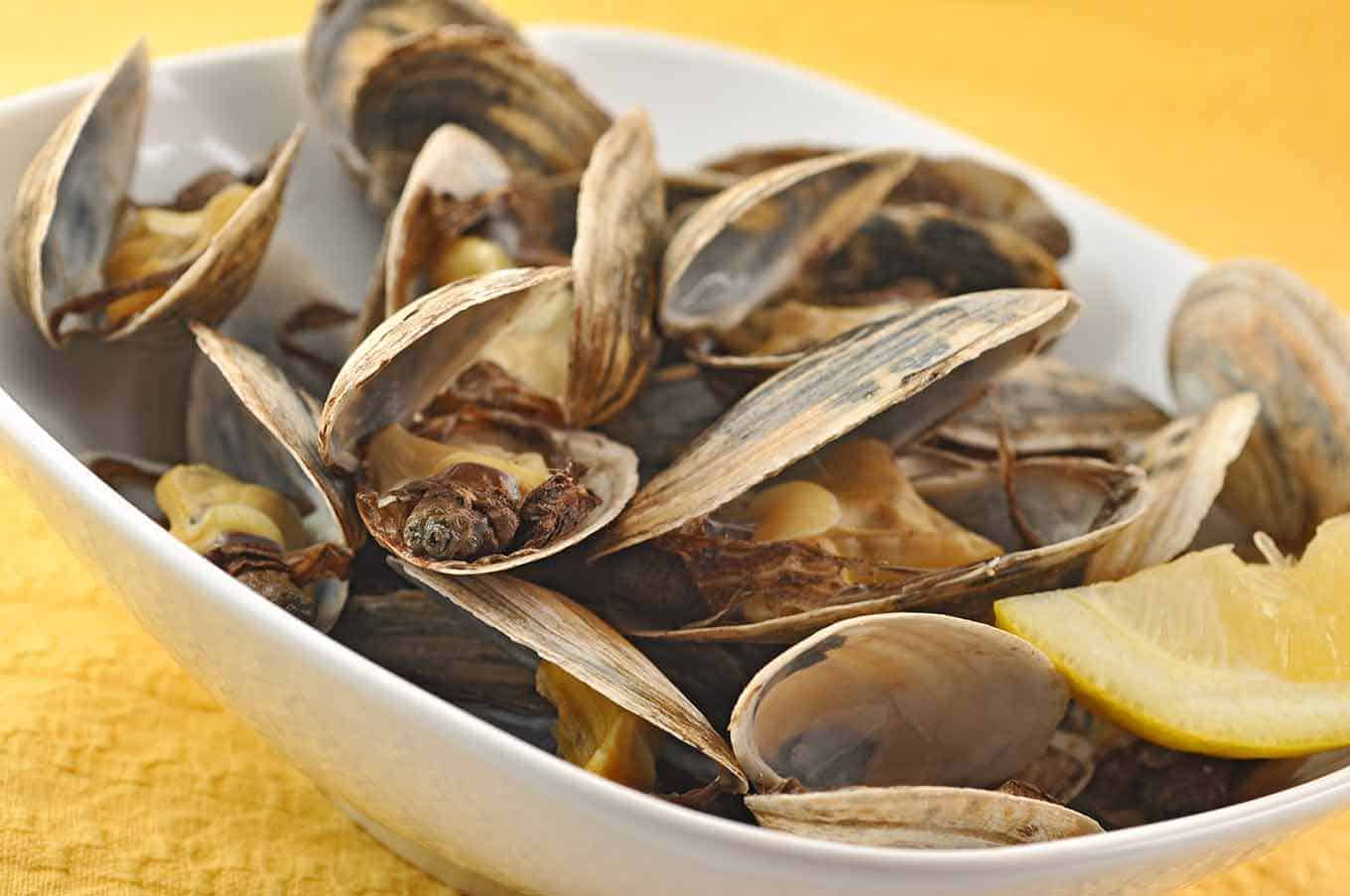
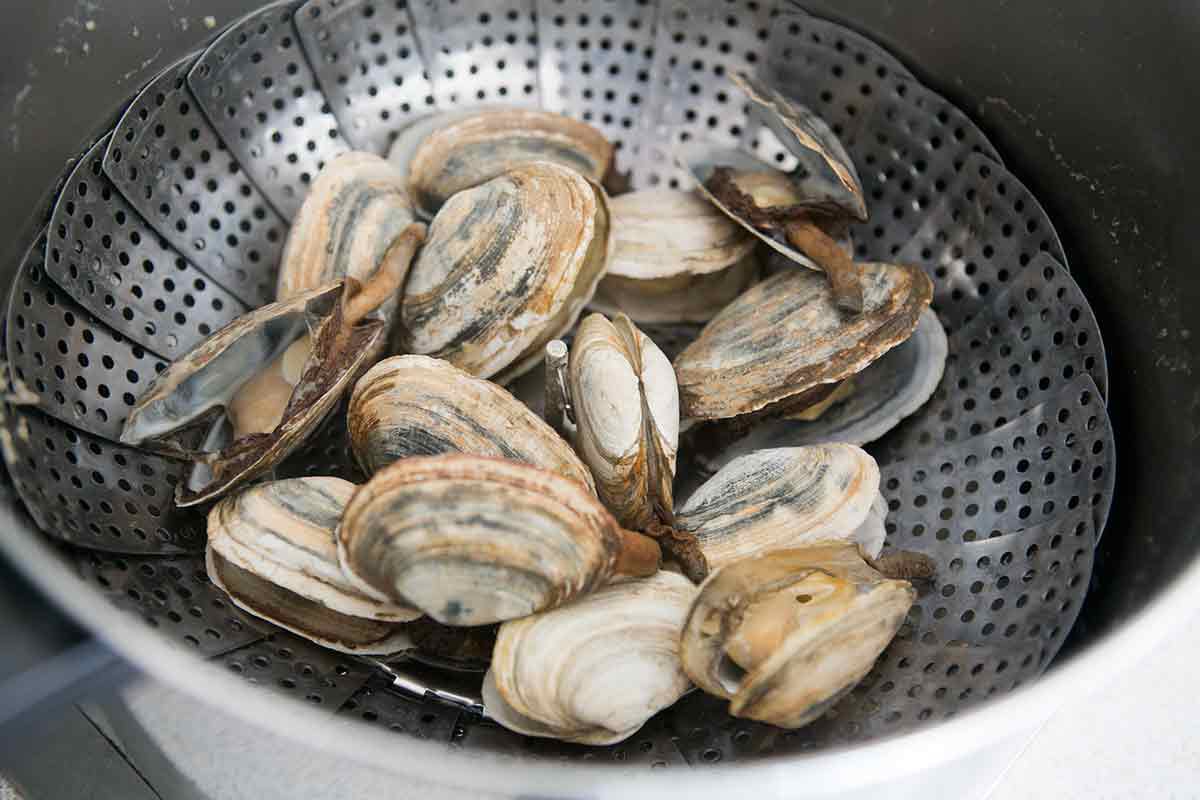
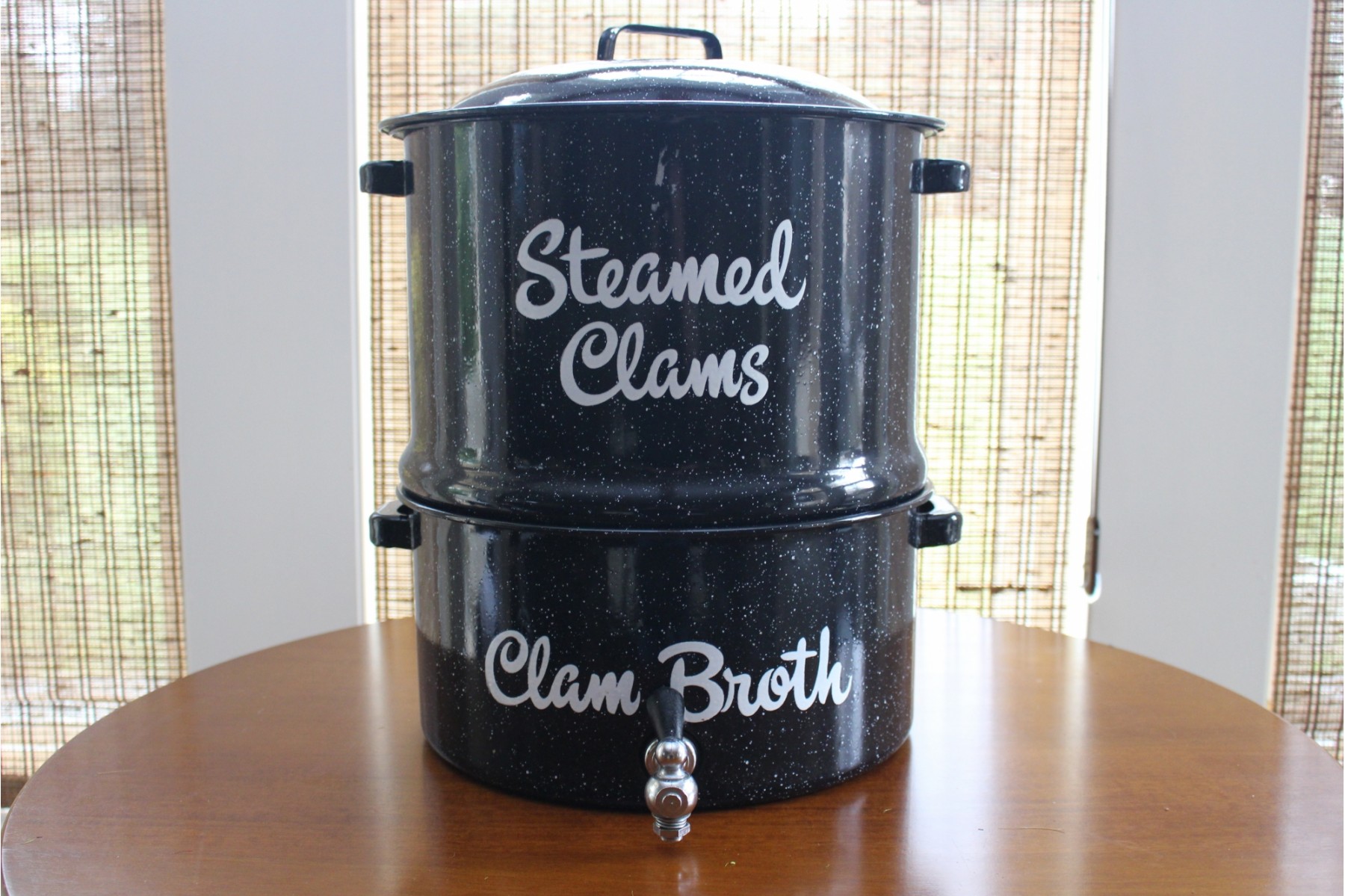
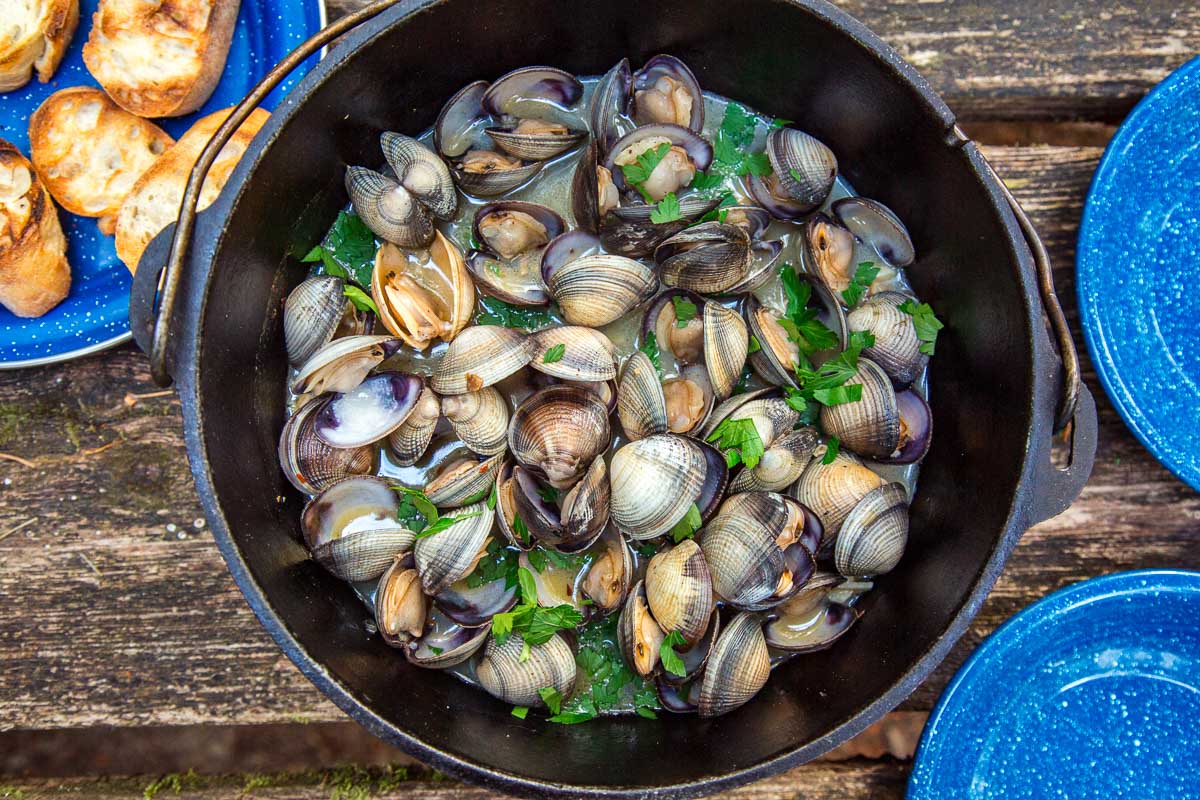

0 thoughts on “How To Store Clams”